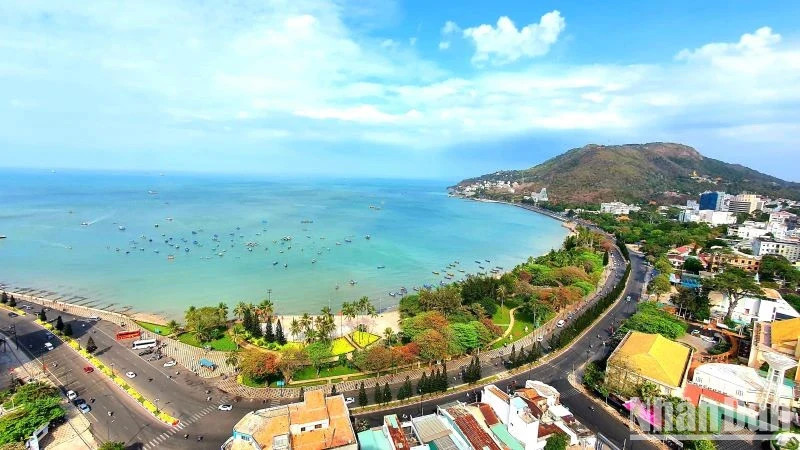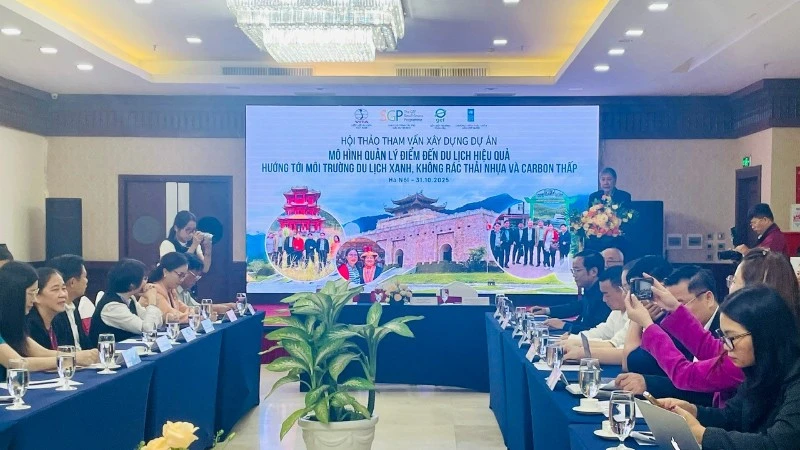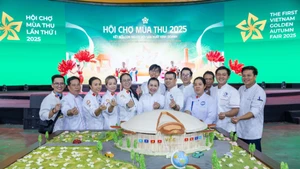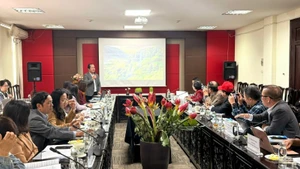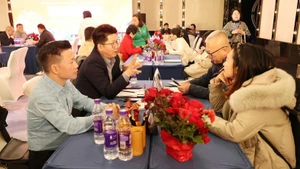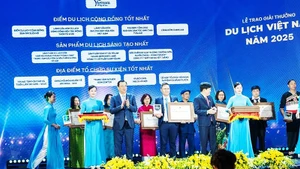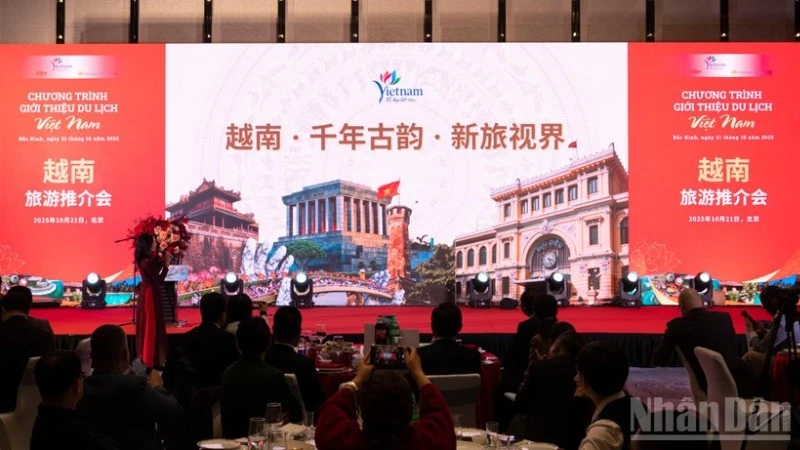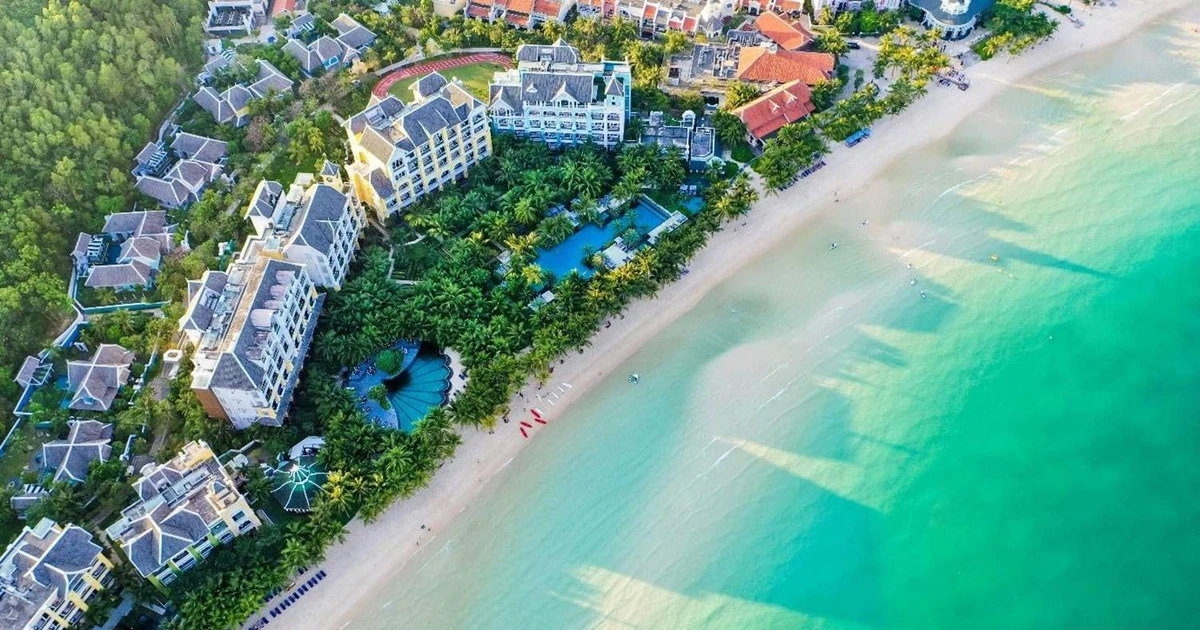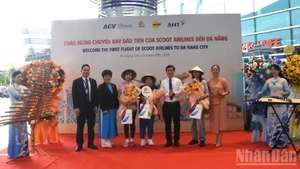According to a recent survey by the Institute for Tourism Development Research under the Vietnam National Administration of Tourism with 20 travel agencies taking tourists to world cultural heritage sites in Vietnam, it was recorded that up to 75% of tourists reported that the environment and landscape of the heritage were degraded; 55% commented that the waste collection system and toilets were not good; 40% said that food, entertainment and shopping services were limited; 40% found that service prices were expensive and inappropriate; 20% said that the infrastructure for tourism services is poor and the quality is not guaranteed; and 5% responded that the service staff is not professional.
Although this is not a comprehensive survey on a large scale and is only for reference, this also reflects the current situation that Vietnamese tourism still has a lot to do to score high in the hearts of tourists.
The most important factor to satisfy customers is the quality of tourism products provided to them and the services at the destinations. Tourism products are created by the total combination of many service links such as: transportation, accommodation, sightseeing, shopping, dining, entertainment. If just one small link has a problem, it will affect the overall impression of the whole journey.
Tourist satisfaction can be understood as a state of feeling formed on the basis of comparing expectations and actual experiences. When tourists' experiences meet or exceed expectations, they will feel excited and satisfied.
Satisfaction is the factor that motivates tourists to return and recommend to others, contributing to creating competitive advantages and enhancing the effectiveness of promoting and developing destinations.
In recent times, Vietnam has been continuously honoured by international award organisations as the leading destination in Asia and the world, showing that the country’s tourism industry has made many efforts to enhance the recognition of the national tourism brand on the basis of improving the level of customer satisfaction.
However, it is still necessary to frankly acknowledge that Vietnamese tourism still has problems that make tourists not really satisfied as partly seen in the above survey. The press has also reflected on the “losing points” of Vietnamese tourism related to security, order, unfair competition, advertising one way but providing products another way.
In addition, there is the current state of infrastructure degradation, overexploitation causing damage to natural and cultural resources, not ensuring safety, hygiene, and security in tourism business, leading to incomplete, even terrible experiences for tourists.
The authorities and the tourism industry have made great efforts to deal with these negative phenomena, these negative phenomena have decreased but not completely, negatively affecting the competitiveness and attractiveness of Vietnam tourism.
The most important factor to satisfy customers is the quality of tourism products provided to them and the services at the destinations. Tourism products are created by the total combination of many service links such as: transportation, accommodation, sightseeing, shopping, dining, entertainment. If just one small link has a problem, it will affect the overall impression of the whole journey.
Therefore, according to experts, to improve the level of tourist satisfaction, it is necessary to implement synchronous solutions to develop infrastructure, technical facilities for tourism, ensure connectivity, improve service quality, protect resources, tourism environment, professionalise human resources, etc.
However, changes in technical infrastructure require time, investment resources, and actual conditions, so there needs to be a strategy and implementation process. To quickly improve tourist satisfaction, immediate measures that can be implemented are to strengthen destination management, ensure security and safety, especially enhance the attractiveness of tourism products and the dedication and thoughtfulness of service staff.
To do this well, destination management units and travel businesses must strive to promote creativity, build many breakthrough products, create discovery and education, etc., to meet the needs of learning, raising awareness and knowledge of visitors. Specifically, using and implementing good digital technology applications at destinations in providing services and products will enhance the tourist experience in a convenient, diverse, vivid and attractive way.
Conveying attractive stories about the history and culture of the destination, creating personalised experiences will help tourists feel deeply connected to the place they come to and increase satisfaction. In addition, training a team of staff who are able to communicate in foreign languages, have rich knowledge of culture and history, and have behavioural skills and situation handling skills is also an important factor in creating sympathy.
Tourists always expect the authenticity and uniqueness of the destination, so localities also need to have policies to preserve traditional cultural values in the local community, thereby creating memorable experiences for tourists and contributing to the sustainable development of tourism.
